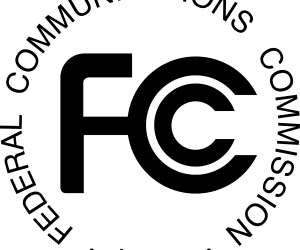#DLNchat: How Will Net Neutrality Changes Affect Higher Education?
Edsurge
JANUARY 25, 2018
There was wide agreement that upcoming changes to net neutrality open the doors to potential discrimination of internet access. The consensus was that those who are most vulnerable are students, particularly those who may already have limited access to higher education. So which institutions should be most concerned?















Let's personalize your content